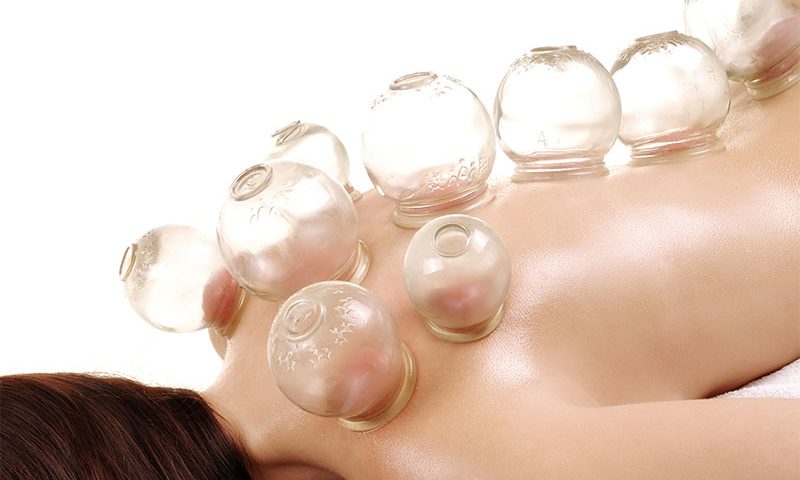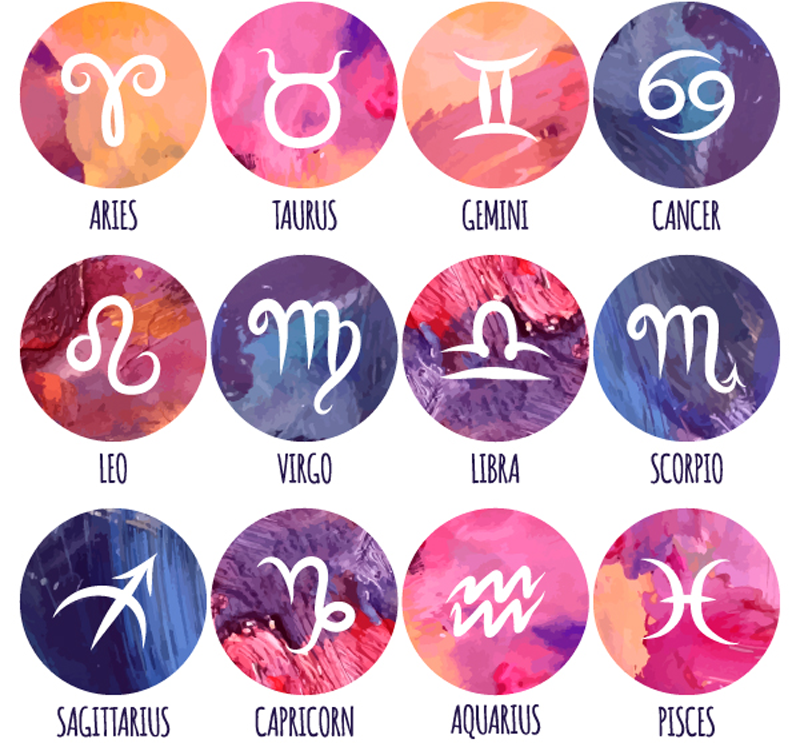
Back Pain: Yoga for Sciatica
September 29, 2017
Yoga and Children
September 29, 2017Fire Cupping – Chinese Folktale or a real healing treatment?

Fire Cupping Treatment | Ana Heart Blog
First discovered thousands of years ago, the ancient form of Chinese medicine known as “cupping” is still popular today. Below, we explore the different techniques of cupping, the various health benefits they provide, and briefly discuss a couple of scientific studies designed to look into the effects of the ancient art.
What is Cupping Therapy?
The ancient form of alternative medicine involves using special cups to create suction on the skin. Often made from glass, bamboo or plastic, the cups are placed on different areas of the skin for a few minutes at a time, designed to create an intense pressure thought to help with pain, inflammation, blood-flow, and well-being. Air cupping, Fire cupping, and Wet cupping are a just a few examples of the various types of practice used today; often used to help ease conditions such as migraines, anxiety and depression.
Origins of Cupping
Although today cupping may still be a popular choice of alternative treatment, the original technique is far from modern. Deriving for ancient Chinese, Egyptian and Middle Eastern cultures, the practice was first documented in 1,550 BC in one of the oldest medical textbooks in the world – the Ebers Papyrus. Back then, a hollowed-out animal horn was commonly used as the cup, which is referred to today as the Horn Method. First documented as tools used to ease discomfort from snakebites and boils, the horns were used to extract toxins from the infected area. A few years later, the Chinese documented cupping as being used in surgery, aiding medical practitioners to divert blood flow from the surgery site to decrease blood loss. By the 18th century, the ancient treatment had spread to the West and was beginning to be used by doctors and health professionals to treat illnesses such as colds, flu, and chest infections. Evolving over time from horns to bamboo cups, the most common material cups are crafted from today is glass.
Different types of Cupping
Cupping in Massage
Today, cupping is used in massage as a form of therapy. Recommended by many as a therapeutic treatment, the process involves placing heated glass cups onto different areas of the body. Commonly placed on the back, neck and shoulders, the heated cups begin to create a vacuum effect, believed to increase blood flow in the surrounding areas. Although temporary bruising can be left behind on occasion, the majority of the time little trauma is caused to the skin, providing the cups aren’t left on for too long. Surprisingly, many people see bruising as a preferred outcome, believing it to be proof that the treatment has worked successfully.
Fire Cupping
To carry out the method of fire cupping, an alcohol-soaked cotton ball is set alight before quickly being placed inside the cup. After a few seconds, the cotton ball is removed and the cup is placed directly onto the skin, creating suction and the air inside the cup cools down. Although this technique is one of the more traditional methods of the cupping practice, it is still a favorable technique for many today. Commonly, massage oil is used on the skin before placing the cup down; this allows the cup to be slid across the skin with ease for the purpose of massaging different muscle groups.
Air Cupping
Today, air cupping is commonly used as an alternative to fire cupping. Instead of using heat to remove air from the cup, modern technology in the form of a suction pump is used, creating a vacuum on the skin without the use of heat. Studies suggest that this technique is less intrusive that fire cupping, consequently causing less lasting damage to the patient’s skin.
Wet Cupping
When undergoing treatment in the form of wet cupping, a type of acupuncture is used alongside the cups which results in the process often being known as “bleeding with cupping”. Fine needles are used to prick the skin in certain areas of the body before a cup is gently placed on top. The method works in a similar way to air cupping and aims to extract toxins from within the body. Those that favour this method of cupping believe that drawing a small amount of blood from the body increases the effectiveness of the overall treatment.
Benefits of Cupping
While the ancient treatment was traditionally used to treat lung disorders such as asthma, cupping is more commonly used today to ease the local pain in the body, in addition to helping muscle relaxation when used in conjunction with massage. As well as using cupping to treat specific ailments throughout the body, the Chinese treatment can also be used to benefit overall health, working by removing energy blockages and rebalancing the bodies chi or qi. Today, cupping is commonly used by athletes to ease pain caused by sports injury, working by increasing the blood flow to a particular muscle group.
Proven or Placebo?
To this date, it is still debatable whether cupping therapy is a form of alternative medicine proven to truly work – due to the amount of existing scientific studies being limited. Research published in the Journal of Traditional and Complementary Medicine suggests that cupping could help aid skin conditions such as acne, as well as easing the pain caused by herpes zoster, but the specifics of the study remain unclear. This certainly doesn’t hold people back from giving the ancient method a try though, and when used in conjunction with other treatments many believe that boasts huge benefits.
In summary, deciding whether or not cupping is an effective form of alternative medicine seem to be down to personal beliefs. Seeing as the ancient art is still widely used today, though, it’s apparent that many definitely believe in the healing powers of the ancient cups. For best results, try this Chinese treatment alongside a low-intensity exercise such as yoga or pilates. When practicing yoga, ensure you are wearing appropriate yoga accessories and splash out on a comfortable yoga mat to get the best benefits.

